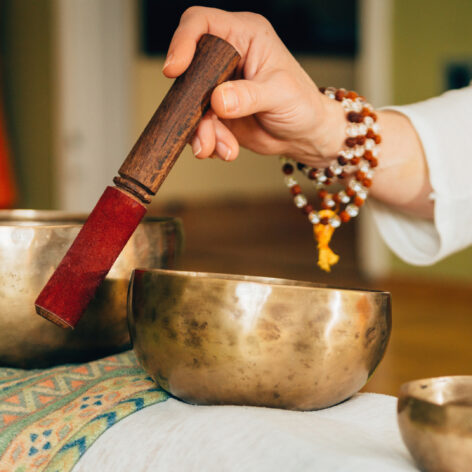It’s a steamy Friday morning in Sapam, a village in Phuket’s Koh Kaew sub-district on the eastern coast. Local Thais and Chinese tourists gather around the marble-topped teak tables at local restaurant Mee Sapam Khun Yai Chian.
Swirling ceiling fans and strains of Thai pop rock add a relaxed ambiance to the sizzling sounds from the kitchen. The hungry guests are here to eat the Sapam version of soft and chewy mee hokkien. Once a traditional Chinese egg noodle dish made with pork, mee hokkien over the decades has been reinvented for the southern Thai palate. Stir-fried with seafood, greens and a black pepper gravy, the beloved dish – called mee Sapam at this restaurant – embodies Phuket’s diverse heritage and exciting food scene.
“Phuket cuisine is based on ethnic diversity, and mee sapam is part of it,” Panyarat Khunram says. She, along with Ratchet, represents the third-generation running the restaurant, descendants of khun yai Chian, the grandmother whose story mirrors those of many southeastern Chinese arrivals to Phuket.

Chinese noodles, done the Thai way
“Our grandmother came to Phuket when tin mining was booming,” says Panyarat. An early 20th-century immigrant of Hokkien descent, Chian opened a grocery store at home, just steps from Sapam Pier. As that didn’t pay the bills, Chian adapted her traditional mee hokkien recipe with local Thai seafood taken from the morning’s catch. Her customers instantly liked the stir-fried noodles with mussels, shrimp, shellfish, squid and fish meat, which gave the yellow strands a looser, more watery consistency.
Chian’s cooking was initially a side business, but the word of her delicious noodles spread. “Where are you eating?” Phuket residents would ask each other. “At Mee Sapam,” would come the enthusiastic reply. And that’s how Chian’s business – which became a full-fledged eatery in 1952 – and her Sapam twist on Hokkien noodles, got their name.
Sampling this dish helps you understand Phuket’s cosmopolitan mix
Cut to present day: Mee Sapam Khun Yai Chian has been featured in the Michelin Guide Phuket for three years running, and serves more creative twists on mee sapam. There’s the Mee Sapam Premium, which comes with top-tier seafood such as New Zealand mussels, crab meat, prawns and squid. Patrons also love the Mee Sapam Phuket Oyster, which has the addition of hoy kratib – tiny local clams with soft flesh that tastes briny, smoky and pleasantly metallic.
“Eating mee sapam, you learn the way of life of native Phuket people,” Chian’s heirs say. “We also use mee sapam to honor our ancestors on Chinese New Year, Ching Ming, and other traditional Chinese festivals.”
A symbol of Phuket’s Peranakan culture
From the quiet village of Sapam to the bustling capital of Phuket Town, local interpretations of mee hokkien are an important reminder of Phuket’s Chinese-Peranakan heritage, and just as widespread as the Insta-famous Peranakan architecture.












